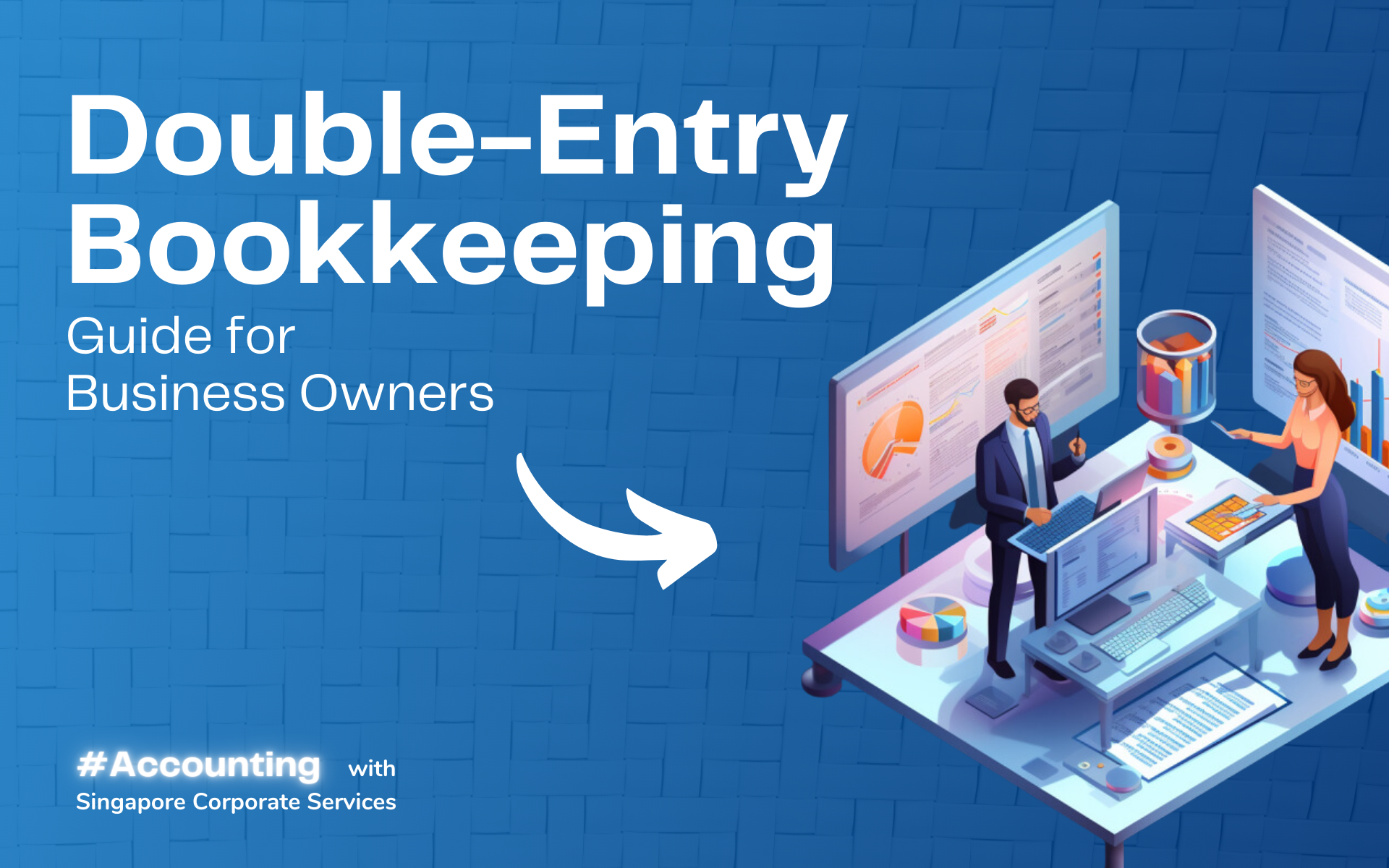For small business owners, mastering the art of double-entry bookkeeping is essential for maintaining accurate financial records and making informed decisions. While it may sound daunting, understanding the fundamentals of this accounting method can be simplified and immensely beneficial for your business. In this guide, we will break down the concept of double-entry bookkeeping, explore its key principles, and demonstrate how it can help you effectively manage your finances. Let’s dive in!
What is Double-Entry Bookkeeping?
Double-entry bookkeeping is an accounting system that records every financial transaction in two accounts: one as a debit and the other as a credit. This system is based on the principle that every transaction has two aspects, each affecting different accounts. The essence of double-entry bookkeeping lies in keeping the accounting equation in balance: Assets = Liabilities + Equity. By recording transactions in this way, small business owners can maintain accurate and error-free financial records.
What are the differences between single-entry bookkeeping and double-entry bookkeeping?
Single-entry bookkeeping and double-entry bookkeeping are two distinct methods for recording financial transactions in accounting. The main difference lies in their recording approaches and level of complexity. In single-entry bookkeeping, transactions are recorded only once, typically in a cash account, as either income or expenses. This method is straightforward and suitable for small businesses with simple financial transactions. However, it may not provide a comprehensive view of a business’s financial health and lacks the accuracy and detail offered by double-entry bookkeeping.
On the other hand, double-entry bookkeeping records every transaction in at least two accounts, with both a debit and a credit entry, impacting different accounts. This method offers a more balanced and accurate representation of a business’s financial activities and is ideal for businesses with higher transaction volumes and a need for detailed financial reporting.
The Double-Entry Bookkeeping Process
The double-entry bookkeeping process is the backbone of modern accounting, revolutionising how businesses record and track their financial transactions. By understanding the principles and mechanics of double-entry bookkeeping, businesses gain valuable insights into their financial health, make informed decisions, and ensure accurate financial reporting.
Here is the essence of the double-entry bookkeeping process:
- Identify the Transaction: The first step is to identify the financial transaction that occurred. Whether it’s a sale, purchase, expense, or loan, each transaction must be recognized and documented.
- Determine the Accounts Affected: Next, identify the accounts that are impacted by the transaction. For example, a cash sale will affect both the cash account and the revenue account.
- Apply the Debit-Credit Rule: Apply the debit-credit rule to record the transaction in the appropriate accounts. Debits are entries on the left side of the account, and credits are entries on the right side. Remember that debits and credits don’t indicate increases or decreases in value; they simply denote the accounts affected.
- Maintain the Accounting Equation: Throughout the recording process, ensure that the accounting equation (Assets = Liabilities + Equity) remains in balance. This helps validate the accuracy of your bookkeeping.
Benefits of Double-Entry Bookkeeping for Small Businesses:
Double-entry bookkeeping allows for the preparation of formal financial statements such as balance sheets, income statements, and cash flow statements, providing a more holistic view of the business’s financial performance and position. By recording transactions in two accounts, double-entry bookkeeping minimises the risk of errors and ensures precise financial reporting. With every transaction having two entries, discrepancies and potential fraud are easier to spot and investigate. This accuracy is crucial when making financial decisions and preparing financial statements.
Additionally, it facilitates easy auditing and financial analysis due to the presence of dual entries for each transaction, making it a more reliable and robust accounting method for businesses with more complex financial needs. Having a clear understanding of your financial transactions allows you to make informed decisions about budgeting, investments, and business growth.
Embracing Double-Entry Bookkeeping
Embrace this guide to gain insights into your business’s financial health, ensure compliance, and set a solid foundation for success. Implementing double-entry bookkeeping may require effort, but the rewards in financial clarity and efficiency are worth it!
Understanding double-entry bookkeeping is a powerful tool for small business owners to maintain accurate financial records and optimise decision-making. Here at Singapore Corporate Services, we support businesses in their accounting practices, including the adoption of double-entry bookkeeping practices. We bring specialised knowledge and experience to guide businesses through the entire process with ease and efficiency.
Double-entry Bookkeeping FAQs
Can double-entry accounting be used for small businesses?
Yes, double-entry accounting can be used for businesses of all sizes, including small businesses. It helps small businesses maintain accurate financial records, make informed decisions, and comply with accounting standards.
What are the benefits of double-entry accounting for businesses
Double-entry accounting offers benefits such as accurate financial reporting, easier financial analysis, error detection, improved decision-making, and compliance with accounting principles and tax regulations.
Is double-entry accounting complicated to implement?
While double-entry accounting may initially require some learning, accounting software and modern tools have made its implementation more accessible for businesses. For instance, Xero’s accounting software follows the principles of double-entry bookkeeping, ensuring balanced transactions and accurate financial reporting. Once set up, it becomes a systematic and reliable way to record financial transactions.
What financial statements can be prepared using double-entry accounting?
Double-entry accounting allows businesses to prepare financial statements like balance sheets, income statements, and cash flow statements. These statements offer insights into a business’s financial performance, position, and cash flow.
Can double-entry accounting help with tax compliance?
Yes, double-entry accounting provides well-organised and accurate financial records, making it easier for businesses to comply with tax regulations and file tax returns correctly. It helps ensure that all financial transactions are properly recorded and accounted for during tax preparation.
How to Change Your Company Name in Singapore
A company's name can significantly shape its identity, yet there are times when a change becomes...
Is Singapore a Tax Haven? A Comprehensive Analysis
Is Singapore really a tax haven, or is it simply capitalising on tax policies that spur economic...
Fiscal Year vs Financial Year: Definitions and Implications
Is there a difference between a fiscal year and a financial year? While they both refer to the...




